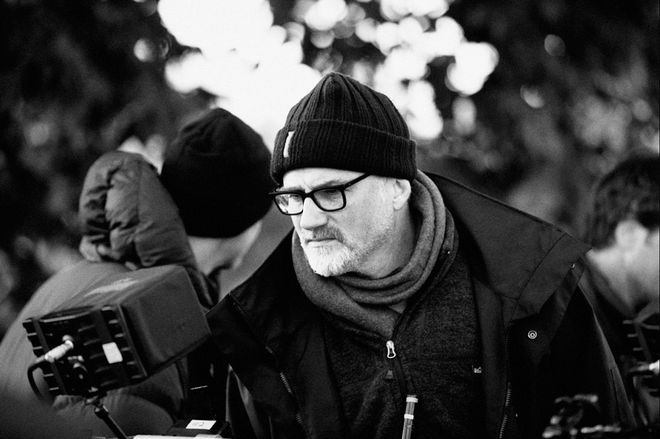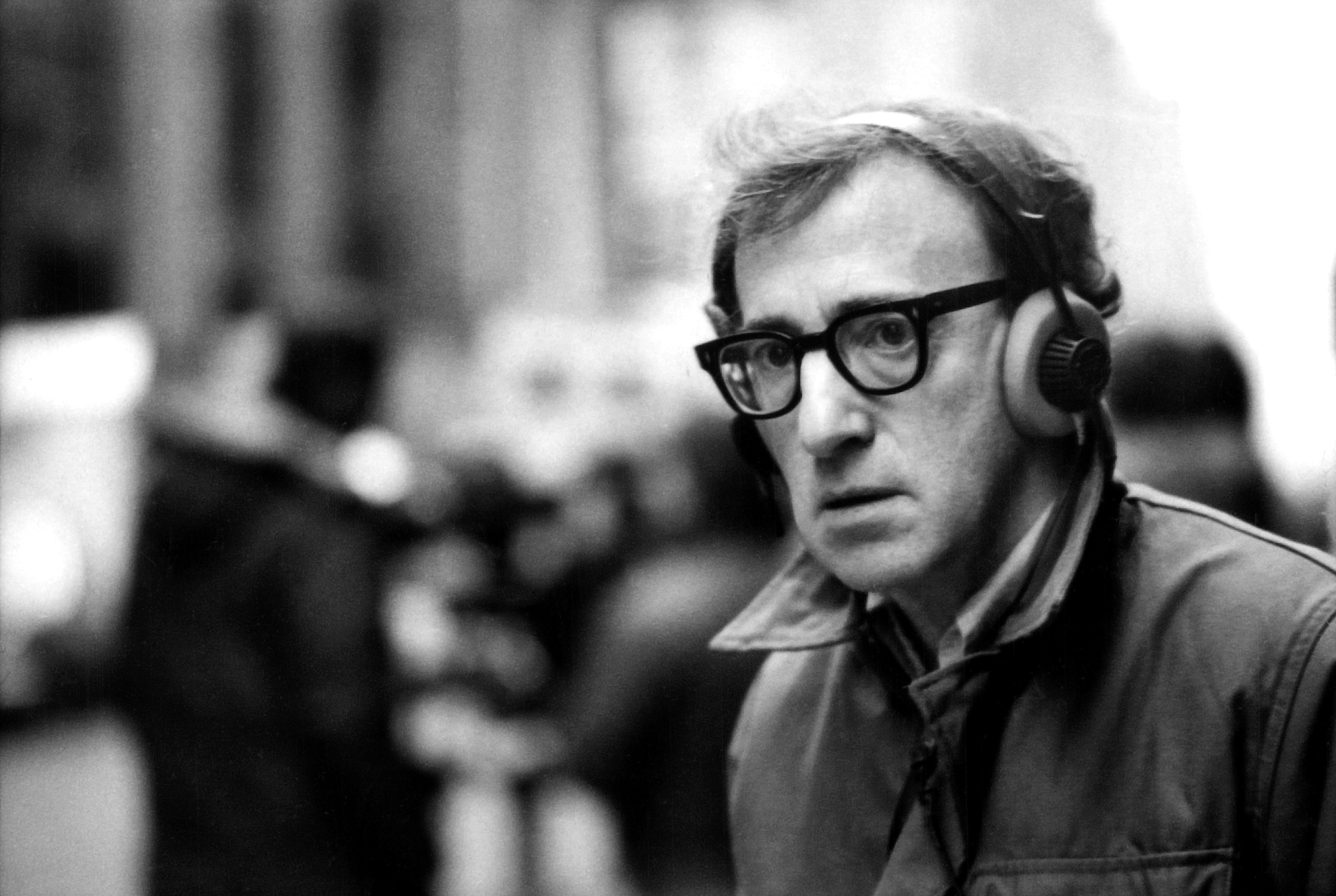The 2011 Hungarian film, Turin Horse opens up with a description of the horse incident that turned Friedrich Nietzsche ill and demented. After describing what Nietzsche had become in the end, the description ends up saying, “We do not know what happened to the horse.” The visual starts rolling in the next moment and the viewers follow the horse of the hansom cab in Nietzsche’s story, only to trap inside a tedious, funeral and purposeless world of the cabman and his daughter. The Turin Horse was the last movie of Hungarian auteur Bela Tarr, as he announced his retirement from the International cinema after the completion of the movie.
Resul Pookutty & The Essentials Of Indian Sound Effects In World Cinema
Starting with an 8 mm camera and shaky, outspoken documentaries, Tarr visualized the political turmoil of Communist Hungary in the 60s and 70s, using social realism as a narrative tool. But, he shifted his focus into metaphysical fatalism, retaining the narrative techniques of realistic cinema. That resulted in some of the most astonishing pieces of cinematic adventures like Almanac of Fall, Damnation, Satan’s Tango, Werckmeister Harmonies, The Man from London, and The Turin Horse. In this rare piece of Q & A session, Tarr gives some answers that reflect upon his vision and philosophy of image making.
An Eye Or A Hole In The Heart, Hayao Miyazaki And Filmmaking
Tarr developed a characteristic style that redefined the space-time continuum of cinematic narrative with the help of uninterrupted long takes, wide angles, haunting music, surreal imagery, and black and white cinematography. His 145 minutes Werckmeister Harmonies (2000) has only 39 shots and the masterpiece, Satan’s Tango (1994) which runs along 432 minutes, has only 150 shots. Sometimes, the average shot length in his films went as far as three minutes, stretching cinematic time perception into new dimensions of space-time frame of reference.
The ultimate futility of life, insecurity, paranoia, withering, repetition, and depression are the reigning forces of Tarr’s cinematic universe. His weirdos are seen through uninterrupted long takes, doing mundane things, taking lonely, long walks, or smoking a cigar near a window pane, reflecting on the merciless repetitions of daily life and haunting existential trauma.
Written By: Ragesh Dipu




